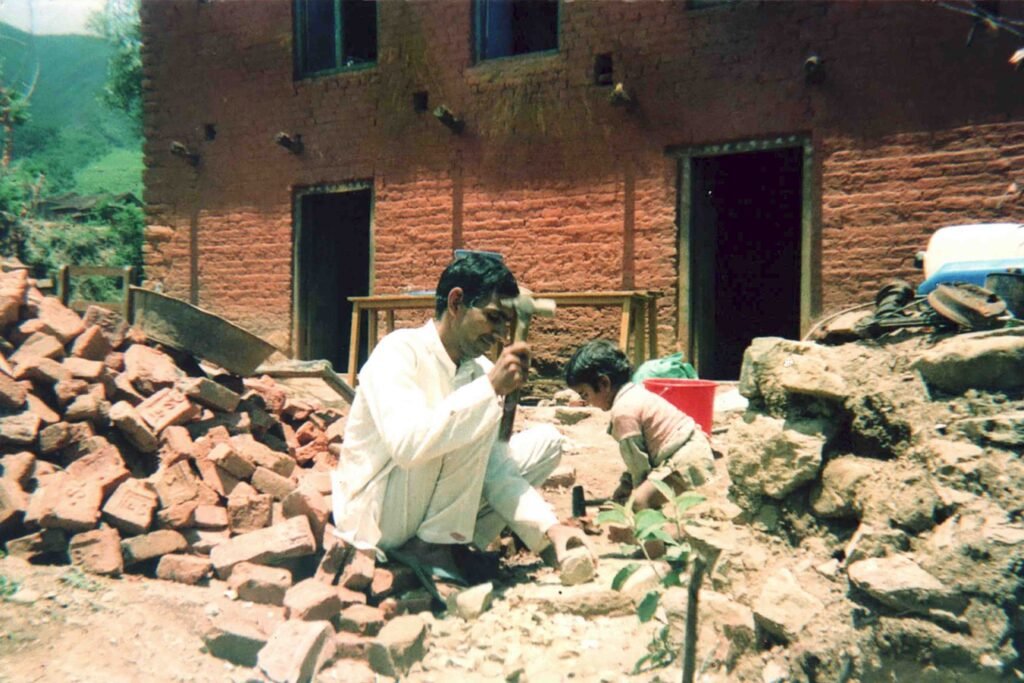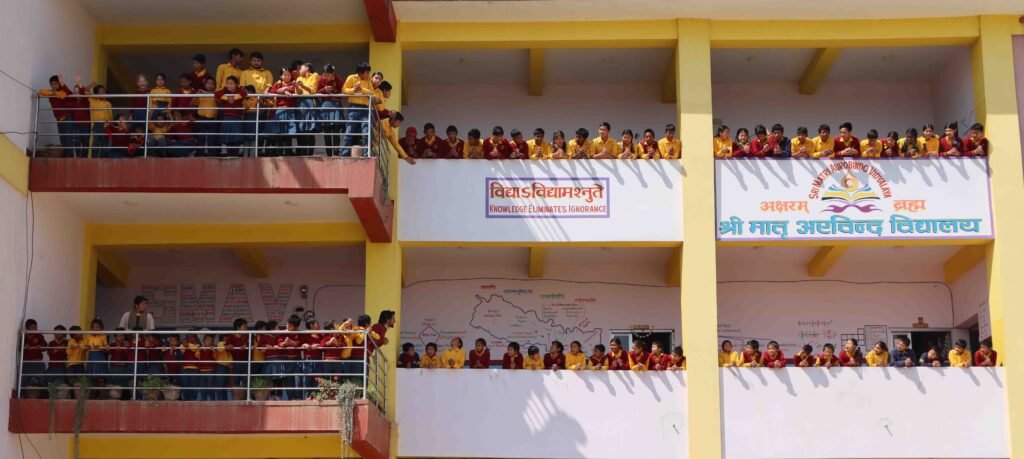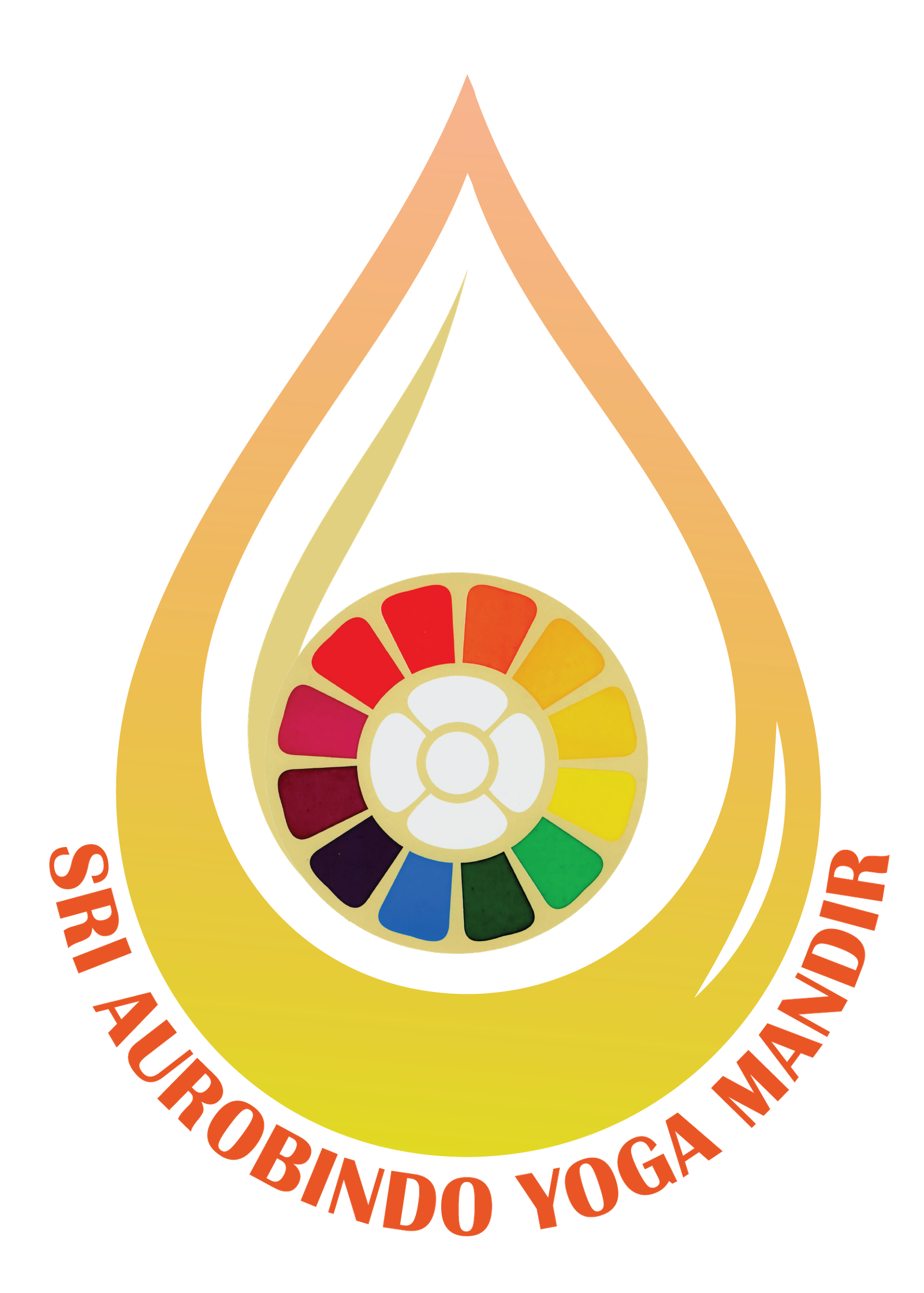SRI AUROBINDO YOGA MANDIR - (Kathmandu Center)


It began in Nepal in 1993, when the first bricks were laid by Ramchandra Das in the first, roughshod building in Thankot, on the edge of Kathmandu. Before that Guruji had been living and working in the Sri Aurobindo ashram in Puducherry, in India, where he found his ‘magnetic north’, namely the spiritual ethos and environment that he had been seeking, and where – after travelling like a nomad for so many years – he remained, and was happy.
But not for long. 12 years later he had a ‘calling’ to uproot himself again and take what he had learned as a sadhu and bramacharya in India, to Nepal. Specifically, to help, nurture and educate the children there, many of whom came from destitute homes, and from the streets.
He began by caring for a few of his sisters’ children; milking cows, making incense and selling water, to meet financial obligations. From a single cow in the early days, the once acidic clay soil was gradually transformed into the fertile land that you see at the ashram today.




As at Pondicherry, the ashram was built
around an ethos of love and reverence for nature, for all animals, and following
Krishna’s example, particularly cows. Sustainable farming practices are a part
of Guruji’s agricultural and cultural heritage, and were applied from day one. This
was and remains the ashram’s guiding spirit, the cornerstone of the foundation.
Just as Guruji’s first lessons as a boy of 7 were given under a tree in Gulmi, his
first classes in Thankot were held outdoors. And if the weather was bad, in the
mud house that served as the Ashram’s first home. They covered conventional
subjects like maths, the sciences, English, and humanities, complemented with
instruction in Nepali dance, Sanskrit, and Hindu dharma (teaching the ultimate
reality of cosmic law and its underlying social order).
This broad, inclusive spectrum of teaching and guidance calls to mind Sri Aurobindo’s dictum, ‘All Life is Yoga,’ or Integral Yoga, which is the ethos of the Ashram and Sri Matri Aurobindo Vidyalaya, the school. Education at the school transcends the confines of the classroom to encompass all aspects of life, be it agricultural, culinary, artistic, cottage industry, or whatever else the students, teachers and bramacharyas at the ashram turn their attention to.


Veda Pandey is the Principal at Sri Matri Aurobindo Vidyalaya, which has done notably well in Nepal’s standardized class 10 exit exams. Given our collaborative culture, built on the principle of seva (selfless service), where everyone is fully invested in the community, the school’s distinctive feature is the input students get from their elder peers. There’s an alchemy in peer-to-student teaching and learning that we tap into. Most of the teaching staff has roots in the Ashram, with Veda himself being an early Ashram student, from the age of 6, in 1996. From its modest beginnings with 12 students in an improvised mud hut classroom, the school has evolved into a number of many storied structures serving 120 students from classes 1 to 12 in the Kathmandu Ashram, alone.

At the heart of the school’s philosophy is a commitment to foster an inclusive, mutual exchange between students and teachers. The classroom is regarded as one facet of many in a learning environment where students can focus on and develop their interests and aspirations: be it medicine and healing at the Ashram’s ayurvedic hospital, or engineering in the workshops, or fashion-passion in the sewing and haberdashery studio. Above all ashram education is holistic, and extends beyond the bounds of theoretical knowledge into practical experience, and community engagement.
